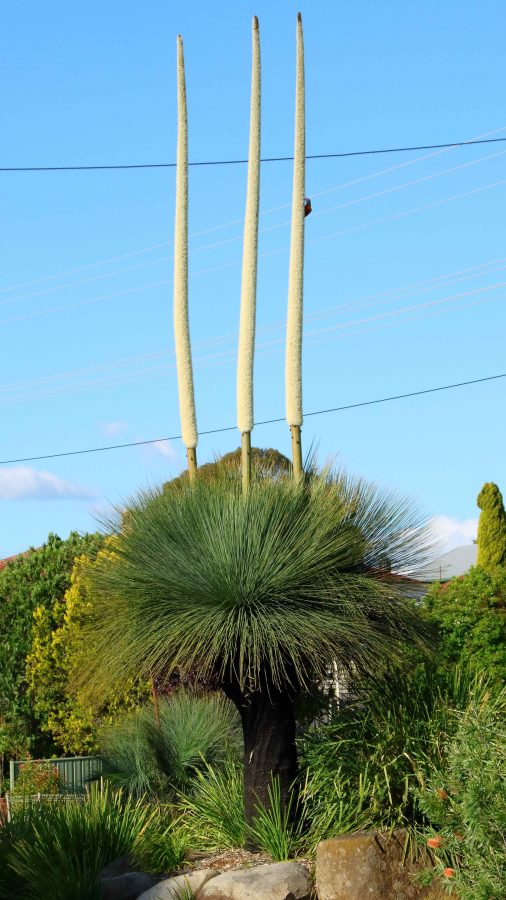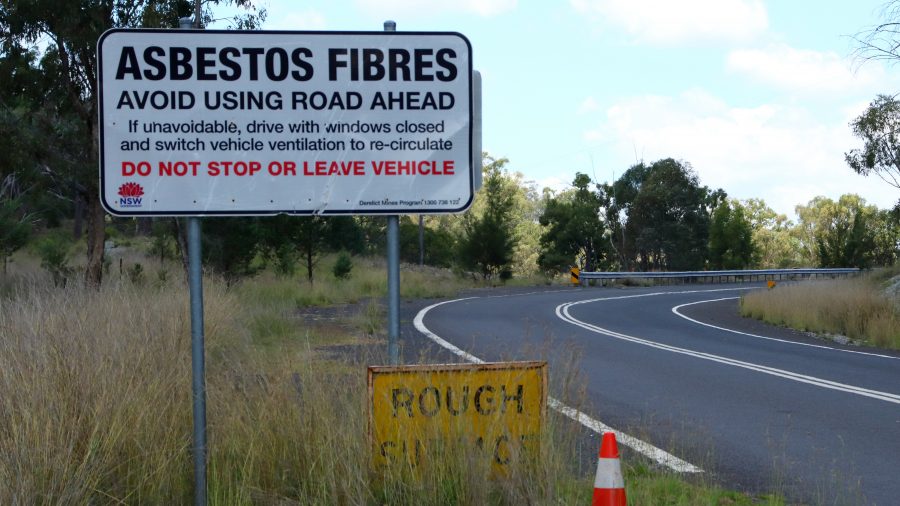About six months ago Ruth and I received an invitation from a couple who have been close friends for sixty years, to attend Thelma’s eightieth birthday party. We first knew Thelma and Joe in Melbourne. We have now been in Brisbane for about forty years. About five years ago they abandoned cold Melbourne for sunny Ballina, on the north coast of New South Wales. We had noted at the time of the invitation that the trip to Ballina might just be extended to further south.
My remaining siblings in West Gippsland, Victoria made contact more recently, to remind Ruth and I of our agreement to meet them halfway every so often, suggesting that it was about time that we did it again. So, after taking time constraints into account, we agreed to meet in the Blue Mountains for the first four days in the first week of November. This resulted in the planning of a trip that would put us in touch with most of our relative who live in and around Sydney as well as the Victorian siblings.
We departed Redcliffe on Tuesday 29th October with Glen Innes as our first overnight stop. As we have aged, we eat less, so normally buy a small evening meal that can be heated in a microwave and eaten in our room. Before eating, I normally go for a walk to maintain my thee million steps per year regime. It was a pleasant walk along the edge of the New England Highway. As is usual, my camera and walkabout lens accompanied me.
On Wednesday morning, instead of proceeding south to Armidale and Tamworth, we turned west to Inverell and towards the highway now known as Fossickers Way. Initially we turned south to Copeton Dam on the Gwyder River. The dam was a construction project with which I had an association. A transport company for which I had worked back in the day, had been involved in transporting construction materials to the dam construction site.
My employer had purchased a Guyra based transport company to help balance freight volumes between Sydney and Brisbane. There is no money in running empty trucks around the country. The Guyra operation had the contract to transport asbestos from the Woods Reef mine near Barraba. During that period I had spent part of almost every week in the New England area, merging the accounts and systems of the Guyra company into its new parent company’s systems. Given what subsequently happened to the asbestos industry, I was interested to return after about fifty years, to see what remained.
Access to Copeton Dam is not as I remembered it. An easily accessed caravan park that I recalled on the shores of the dam is now behind a steel security fence. I am not sure if it was open, as there did not seem to be much activity. We drove on to Bingara for a coffee break. Our previous call at this attractive town was probably ten years ago. Bingara is also on the Gwyder River.
The turn off Fossickers Way onto Woods Reef Road is a couple of kilometres north of Barraba. The location of the now non-existent town of Woods Reef and the mine, is around 17 kilometres from Fossickers Way. The huge scar across a hillside came as a surprise. I had only visited the mine sight once in 1977 and mining continued for another nine years after that.
What I didn’t know until we visited the site was that Woods Reef had formally been a gold mining town. Gold was discovered in the late 1850s and a fully functioning village sprung up with the required support facilities. At its peak there were about 3,000 residents. But gold ran out in the late 1860s and the village disappeared. At some later time, a historical trail was established. It may still have been accessible at the time of my visit, but the asbestos scare would have killed it stone dead. But signs and a locked gate remain. So does St Locke’s Anglican Church which clearly has had more recent use.
We drove into the historic cemetery and photographed some isolated graves. The gate was open, as if expecting visitors or a funeral.
The mine is fenced and the access roads obstructed with piles of dirt. Warning signs have been placed beside the road but are now showing signs of weathering and other damage.
We stopped for lunch in Barraba. I remember hearing about a verbal altercation between a local farmer and a mine manager. The farmer was objecting to the mine activity. The mine manager told him that but for the mine tumble weed world be blowing down the main street. There was no sign of tumble weed but, Barraba is now a very sleepy town.
We journeyed on to Newcastle for the night, visiting relatives in Toronto and West Wallsend the following day. We drove on to Cronulla on Friday afternoon. On Saturday we did a tour to Bowral in the Southern Highlands and Mount Annan near Campbelltown, to catch Ruth’s brother and a sister. On Sunday our daughter came from Erskineville to join us for lunch. She provided some detail about her recent six-week trip to Europe. She has inherited my itchy feet.
















